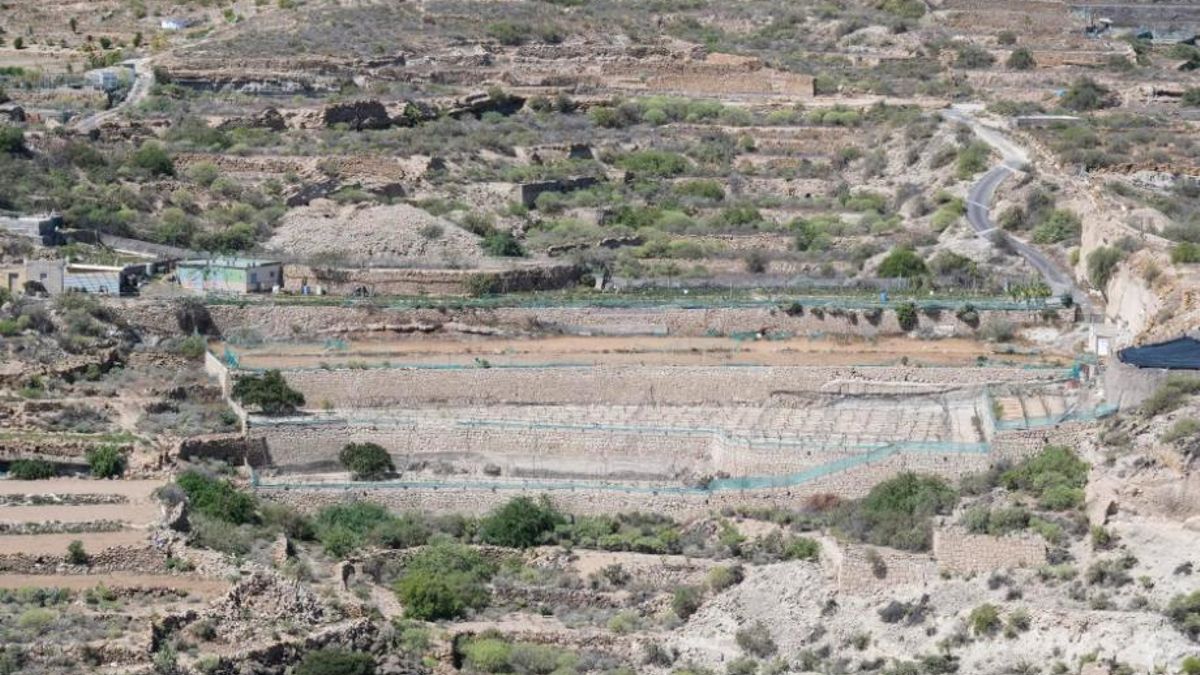Aridity spreads across Spain, hitting the Canary Islands hardest
From the Principality of Asturias to the Valencian Community, aridity is spreading across Spain, leaving no region untouched by the effects of the climate crisis. According to a recent study by the Spanish National Research Centre (CSIC), 11.6% of the national territory is more arid than it was 60 years ago. But if we look at the Canary Islands, this percentage rises to 16.3%, making the archipelago the most affected region in the country.
How the aridity index works
The research has been carried out by a team from the Laboratory of Climatology and Climate Services, a network that brings together scientists from the CSIC and the University of Zaragoza. The authors analysed the aridity index defined by the Food and Agriculture Organisation of the United Nations (FAO), which is composed of two variables. On the one hand, rainfall—the average value of accumulated rainfall over a period. On the other hand, potential evapotranspiration, i.e., the moisture demand of the atmosphere, which includes factors such as temperature, radiation, relative humidity, and wind speed.
The index represents the long-term balance between water availability and moisture demand in the atmosphere. If the value is 0.75 or more, the climate is humid; between 0.65 and 0.75, sub-humid-humid; between 0.5 and 0.65, sub-humid-dry; between 0.2 and 0.5, semi-arid; between 0.03 and 0.2, arid; and below 0.03, hyper-arid.
Alarming trends in the Canary Islands
For this study, the researchers used data from the Spanish Meteorological Agency (Aemet) between 1961 and 2020, covering the entire Spanish territory. Two “normal” thirty-year periods were compared: 1961-1990 and 1991-2020. The results show that in mainland Spain, the aridity index went from 0.74 to 0.71, affecting 11.6% of the soil. But in the Canary Islands, the decrease was more intense, from 0.3 to 0.25, reaching 16.3% of the territory. Most of these changes occurred on the northern sides of the islands with the greatest relief, precisely the most humid areas.
Impact on ecosystems and agriculture
“Climatic aridity, which is not the same as drought, is a very interesting variable because it conditions both the vegetation and the crops that a place can grow,” explains Santiago Beguería, lead author of the study. An increase in aridity due to global warming implies changes in ecosystems, with species adapted to drier conditions displacing others. This is already happening—pine trees are dying in some areas, and fruit crops are being pushed to higher altitudes.
The final picture is a soil losing fertility, unable to sequester carbon, and suffering biodiversity loss. Aridity also impacts water resources, limiting aquifer replenishment. “A more arid climate generates fewer water resources,” says Beguería.
Why the Canary Islands are uniquely vulnerable
The Canary Islands have the greatest diversity of climatic aridity values in Spain due to their microclimates. However, the archipelago has fewer meteorological stations than the mainland, which may affect data accuracy. “On the islands, climatic changes occur over very short distances. A lower density of stations means missing critical variations,” laments Beguería.
According to the study, 8% of sub-humid-dry lands became dry, and 3% of semi-arid areas became arid. The months with the most significant transitions to drier conditions were December (37%), November (34.3%), and February (30.4%).
What the future holds
Beguería and his team are now using climate models to predict future aridity trends. While results vary across scenarios, “all suggest the climate will become more arid in the coming decades.” For the Canary Islands, this could mean dramatic landscape changes, with implications for tourism, agriculture, and daily life. “Our landscape may change quite a lot in the future,” the expert concludes.


